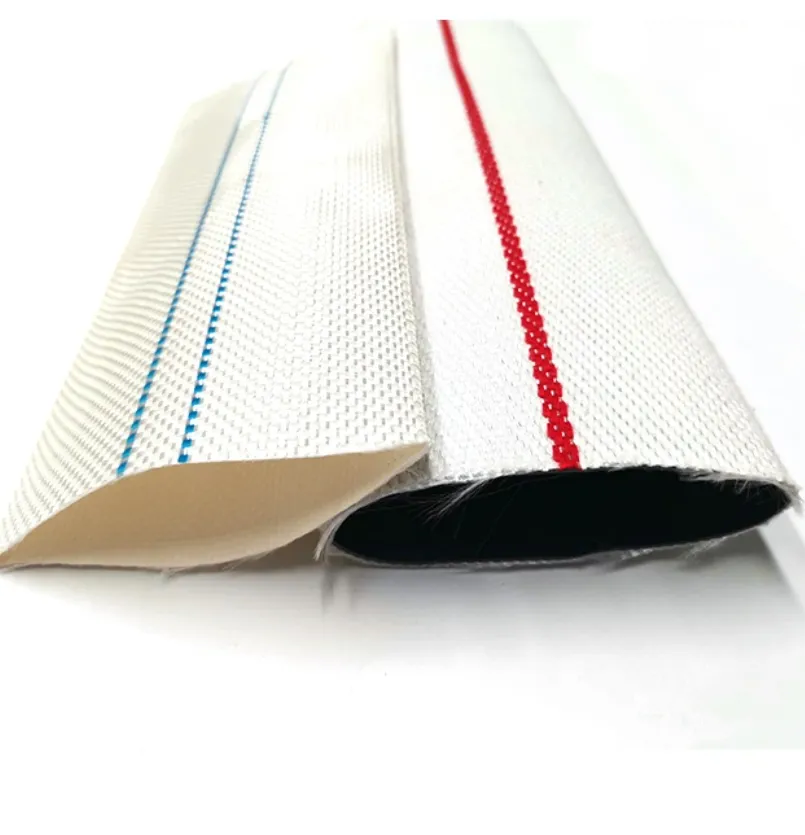Versatile Duct Hose Solutions for Efficient Airflow Management and HVAC Systems
Understanding Flexible Duct Hose Applications and Benefits
Flexible duct hoses are essential components used in various industries and applications, serving a crucial role in the transport of air, gases, and even particulate matter. These versatile tubes offer a host of benefits, making them an invaluable asset in HVAC systems, industrial processes, and many other fields. In this article, we will delve into what flexible duct hoses are, their applications, and the advantages they present.
What is a Flexible Duct Hose?
A flexible duct hose is typically crafted from materials like PVC, rubber, or thermoplastic elastomers that allow it to bend and flex while maintaining its structural integrity. Unlike rigid ducting systems, these hoses can be adjusted to fit different shapes and spaces, making them ideal for environments where flexibility is crucial. They are often reinforced with wire or fabric to provide additional strength and prevent collapse under vacuum or pressure.
Applications of Flexible Duct Hoses
1. HVAC Systems One of the most common uses of flexible duct hoses is in heating, ventilation, and air conditioning systems. They transport conditioned air throughout buildings, providing efficient airflow to various rooms. Due to their flexibility, they can be easily installed in tight spaces and curved paths, allowing for better air distribution and improved energy efficiency.
2. Industrial Processes Flexible duct hoses are widely used in industrial settings for dust collection, fume extraction, and material handling. They help in transporting powders, granules, and other bulk materials within factories, ensuring a clean and safe working environment. When it comes to fume extraction, these hoses effectively capture harmful vapors, preventing them from polluting the workspace.
3. Automotive and Marine Applications In vehicles, flexible duct hoses are often employed for airflow management. They can be found in heating systems, air intake systems, and exhaust applications where routing complexity requires adaptability. Similarly, in marine environments, these hoses are utilized for venting, bilge pumping, and engine cooling systems, demonstrating their versatility.
4. Agricultural Uses In agriculture, flexible duct hoses play a vital role in various operations, including irrigation systems and grain transport. They are used to move air for drying crops, facilitating efficient food preservation practices and enhancing overall yield quality.
flexible duct hose

Advantages of Flexible Duct Hoses
1. Versatility One of the main advantages of flexible duct hoses is their versatility. They can be used in a wide array of environments and applications, tailored to meet specific requirements, whether it’s lightweight ventilation or heavy-duty industrial processes.
2. Ease of Installation The lightweight and flexible nature of these hoses allows for easier handling and installation compared to rigid ducting. They can navigate tight spaces and be installed without the need for extensive modification of existing structures.
3. Durability Quality flexible duct hoses are designed to withstand various environmental conditions, including extreme temperatures and exposure to chemicals. Their robust construction ensures longevity and reduces the need for frequent replacements.
4. Improved Airflow Flexible duct hoses typically have a smooth interior surface, minimizing resistance and turbulence, which enhances airflow efficiency. This feature is particularly beneficial in HVAC systems, where efficient air distribution is crucial for system performance.
5. Cost-Effectiveness While the initial investment in flexible duct hoses may vary, their durability and ease of installation can lead to significant cost savings over time. Reduced installation labor and less frequent replacements contribute to lower overall maintenance costs.
Conclusion
Flexible duct hoses are indispensable across various applications, from residential HVAC systems to complex industrial processes. Their flexibility, durability, and ease of installation make them an attractive option for anyone looking to improve airflow efficiency and system performance. As industries continue to evolve, the role of flexible duct hoses will undoubtedly expand, further solidifying their importance in modern technology and environmental management.
-
Top Quality Oxy Acetylene Hoses for Sale Fit for Welding DemandsNewsJul.28,2025
-
The Future of Pneumatic Air Tubes in IndustryNewsJul.28,2025
-
Superior and Reliable LPG Hose Pipe Solutions for Every NeedNewsJul.28,2025
-
Exceptionally Durable and Versatile Premium Braided PVC TubingNewsJul.28,2025
-
Best Adapters for Connecting Garden Hose to PVC Pipe ConnectionsNewsJul.28,2025
-
The Essential Role of LPG Hoses in Safe and Efficient Gas DistributionNewsJul.16,2025














